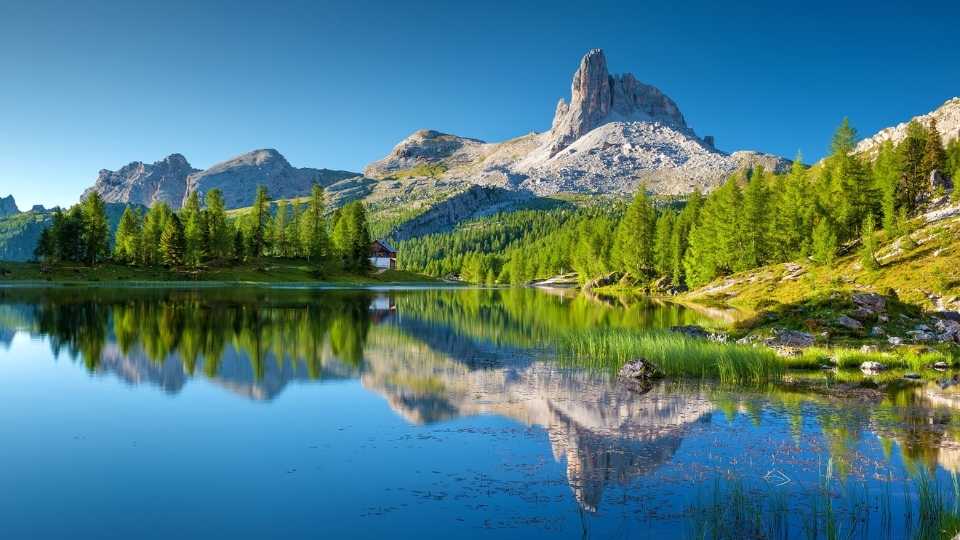Family Travel
Exploring the Last Great Places: How National Geographic’s 50 Destinations Preserve Our World’s Biodiversity and Heritage

# Exploring the Last Great Places: How National Geographic’s 50 Destinations Preserve Our World’s Biodiversity and Heritage
In an era where the call for conservation and preservation of the natural world has never been more urgent, National Geographic’s list of the 50 of the world’s Last Great Places stands as a testament to the beauty and diversity of our planet. This carefully curated collection not only highlights destinations of unparalleled natural beauty and biodiversity but also underscores the importance of protecting these areas for future generations. Through exploration, conservation, and education, these destinations offer a glimpse into the untouched wilderness and rich heritage of our world.
The Significance of Biodiversity and Heritage Conservation
Biodiversity, the variety of life on Earth, plays a critical role in the sustainability of our planet. It contributes to ecosystem services, which are essential for human survival, such as clean water, air, and fertile soil. Furthermore, biodiversity is a source of immense heritage value, connecting us with the natural world and our place within it. Preserving these last great places is not only an act of environmental stewardship but also a means to safeguard the cultural and historical narratives that define our humanity.
Destinations That Define Wilderness and Natural Beauty
Among the 50 destinations highlighted by National Geographic, each location offers a unique window into the world’s remaining wilderness areas. From the lush rainforests of the Amazon to the icy expanses of Antarctica, these places are home to some of the most spectacular landscapes and wildlife on the planet. By bringing attention to these areas, National Geographic aims to inspire a sense of wonder and responsibility towards the natural world.
Exploration as a Tool for Conservation
Exploration has always been at the heart of National Geographic’s mission. By venturing into the unknown and bringing back stories of the natural world, explorers have played a crucial role in conservation efforts. Today, exploration goes hand in hand with scientific research, providing valuable data that can inform conservation strategies. Through the stories of adventurers and scientists, we learn about the challenges facing these last great places and the efforts being made to protect them.
The Role of Destinations in Preserving Biodiversity
The 50 destinations identified by National Geographic are more than just places of natural beauty; they are critical habitats for countless species. Many of these areas are biodiversity hotspots, regions that are both rich in species and under threat from human activities. By focusing on these destinations, conservation efforts can be prioritized to protect the most vulnerable ecosystems and the species that depend on them.
Heritage and the Human Connection to Nature
The concept of heritage plays a vital role in conservation. By recognizing the cultural, historical, and spiritual significance of natural places, we deepen our connection to the environment. This connection can inspire a greater commitment to conservation efforts, as people are motivated to protect places that hold personal and collective meaning. The 50 destinations highlighted by National Geographic serve as reminders of our shared heritage and the importance of preserving it for future generations.
Conclusion
National Geographic’s list of the 50 of the world’s Last Great Places is more than just a travel guide; it is a call to action. In showcasing these destinations, National Geographic invites us to witness the beauty of the natural world and to participate in its preservation. Through exploration, conservation, and an appreciation for biodiversity and heritage, we can ensure that these last great places continue to inspire and sustain life on Earth for generations to come.
Hello there! I’m Gabriel Holmes, a 41-year-old travel enthusiast with a degree in Marketing from the Indiana University Northwest. I’m the voice behind TopWorldTravels.com, where I channel my passion for exploration into engaging travel narratives and invaluable tips.
My journey into the world of travel is a personal odyssey, fueled by a desire to uncover the beauty and diversity our planet has to offer. Over the years, I’ve wandered through countless destinations, immersing myself in various cultures and capturing the essence of each experience through my writing. From the bustling streets of metropolitan cities to the serene landscapes off the beaten path, I’ve made it my mission to share the gems I discover along the way.
Armed with my marketing background from IUN, I approach travel with a strategic and analytical mindset. This expertise allows me to curate content on TopWorldTravels.com that resonates with a diverse audience. Whether you’re a budget backpacker or a luxury traveler, my goal is to provide insights that cater to all tastes and preferences.
Beyond the typical tourist spots, I’m committed to uncovering the authentic heart of each destination. My writings not only offer practical advice on packing and navigating unfamiliar terrains but also emphasize the importance of responsible tourism. I believe in leaving a positive impact on the places I visit, promoting sustainable practices that preserve the environment and support local communities.
Join me on my virtual expeditions at TopWorldTravels.com, where my words weave a tapestry of discovery, wanderlust, and cultural appreciation. Travel, for me, is more than a leisure activity; it’s a transformative journey that enriches the soul and broadens horizons. Let TopWorldTravels.com be your compass to a world of unforgettable experiences, as we embark on this vicarious adventure together.